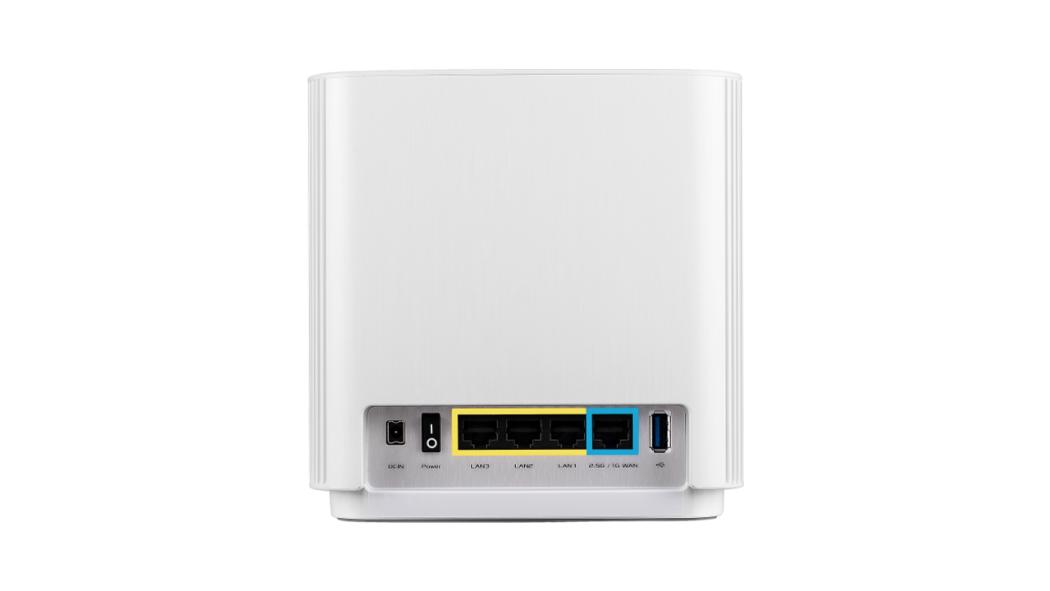For years, manufacturers have engaged in a constant battle for increased efficiency both to supercharge production and streamline operations
In the digital era, Industry 4.0 has emerged as a potential ‘silver bullet’ to help realise this vision. You might even feel like it’s no longer ‘news’, and you’d be right: it’s been around for a decade. And in that time, connected facilities have gone from being optional to becoming table stakes. The energy crisis in particular has brought a new, urgent focus to the digitisation of manufacturing. It’s now imperative for firms in the sector to actively demonstrate what they are doing to reduce their carbon footprint and energy consumption and enhance efficiency. Implementing new processes that support the more effective and efficient use of power now promises reward both in the form of environmental tax relief, and increased credibility with potential customers and partners.
But as factories become smarter, they also risk becoming less secure. There’s no justifiable case for economising energy consumption at the expense of security, so it’s simply critical that manufacturers urgently consider how they can remain cyber secure during this transition.
Getting smarter to go greener
It’s not uncommon for manufacturers to shut down production lines entirely on a regular basis – sometimes as often as once a week – for reconfiguration and to carry out scheduled maintenance. But the energy implications of turning a full production line on and off repeatedly can be financially punishing and a drain on power resources.
Fortunately, there are ways to minimise excess power consumption and downtime. Video analytics presents one brilliant solution to the problem, enabling manufacturers to monitor for issues on the line, so specific sections of it are shut down for maintenance only when they need to be. Predictive maintenance can also work hand in hand with video analytics, enabling manufacturers to not only monitor for problems in real time, but indeed predict the future failure of physical assets and machinery, hugely reducing unnecessary downtime for maintenance and by extension, optimising capacity.
The concept of ‘digital twins’ is another exciting innovation in manufacturing; it gives us the ability to monitor the performance of a manufacturing line in real-time, which can be extended to consider the supply chain, another current concern, and help identify ways in which the wider operation can be made greener and more efficient.
Further beyond the production line, manufacturers should also consider how they can make their buildings smarter. That might mean connecting sensors to building management systems for example, so lighting and heating only turns on in rooms where it is needed. This is especially important given the size of factories, which cover a huge amount of ground and can be a huge drain on energy resources.
All of these technologies are clearly crucial for the future success and sustainability of the manufacturing sector, and vital if they are to help meet the UK’s green goals. But as mentioned, the significant risk they present in relation to the cyber landscape currently risks being ignored.
You’re not smart if you’re not secure
Recent years have borne witness to an exponentially increasing number of cyber-attacks, and the manufacturing sector is no exception. In fact, recent research revealed that the manufacturing sector witnessed a 300% increase in worldwide cyberattacks in the year to May this year – not a figure to be taken lightly.

These statistics sadly come as no surprise. The cyber world has become the new battleground for nation-state war, and countries’ manufacturing sectors are crucial to their economic prosperity, and therefore are a natural target for bad actors. The problem is that as factories get smarter, launching attacks often becomes easier. Research from Kaspersky proves this hypothesis, given it showed that IoT cyber-attacks more than doubled year-on-year during the first half of this year. Clearly this vulnerability is in direct contravention of general progress in the IoT and associated technologies, so how exactly can manufacturers build in sophisticated security layers to keep the cyber criminals out?
How to secure the widening attack surface
Manufacturers would be forgiven for seeing the irony in having constantly been told to get smarter to go greener, only to then be warned that doing so exponentially increases their risk of falling victim to a cyber-attack. But that’s why getting smarter cannot only involve those technologies that improve efficiency. They all present an attack surface that, crucially, is not managed in the same way as the wider IT infrastructure.
Going offline isn’t an option either, as new technologies need to be kept online both to ensure they and the solutions they enable, like digital twins, continue to work effectively. That’s why intrusion detection systems, for example, are a vital component of smart factories and logistics operations, helping to significantly mitigate risk by monitoring the entire network for malicious activity.
A key challenge here is that, more often than not, the team on the ground managing these technologies to keep the production line working, doesn’t work alongside the core IT team. Bridging that gap often isn’t straightforward, as it’s tough to connect the dots. Engaging third parties with the expertise to implement appropriate security strategies and solutions that secure ‘digital manufacturing’ is certainly a credible option.
Reaching a greener future
The UK has set its sights on reaching net-zero by 2050 and the manufacturing industry will have a big role to play in helping the country to do so. The technologies explored here will each contribute to making the energy savings and achieving the more efficient use of power that manufacturers aspire to, but it’s when they are brought together that they deliver true, holistic value.
These technologies do however present an eminent risk for what is a traditionally manual and paper-based industry, and robust cybersecurity is required to mitigate this risk. Thankfully, there’s no need to go it alone.
The cyber world is constantly evolving and so is increasingly difficult to keep up with, so don’t be afraid to look for a helping hand.
About the Author
Peter Clapton is CEO at Vysiion. Part of the Exponential-e Group, Vysiion provides innovative edge to core IT and telecommunications product and solutions, supported by an agile, proactive, and responsive technical service capability. Customers include System Integrators, companies and organisations within the CNI sector – Utilities, Transport, Blue Light, Defence, and Public Sector.
Featured image: ©Greenbutterfly
Share via:









